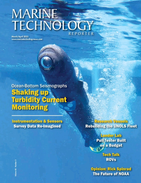A team of international researchers has discovered a spectacular array of artifacts during its ongoing excavation of the Antikythera Shipwreck (circa 65 B.C.) off the Greek island of Antikythera in the Aegean Sea.
Led by archaeologists and technical experts from the Hellenic Ministry of Culture and Sports and Woods Hole Oceanographic Institution (WHOI), the team’s return to the famous shipwreck this month yielded 60 historic artifacts, including gold jewelry, luxury glassware, a bronze spear from a statue, elements of marble sculptures, resin/incense, ceramic decanters and a unique artifact that may have been a defensive weapon to protect the massive ship against attacks from pirates. The team also confirmed the wreck of a second ancient cargo ship close by the Antikythera vessel.
“Our new technologies extend capabilities for marine science,” said Brendan Foley, a marine archaeologist with WHOI. “Every new dive on the Antikythera Shipwreck delivers gifts from the ancient past. The wreck offers touchstones to the full range of the human experience: from religion, music, and art, to travel, trade and even warfare.”
The largest ancient shipwreck ever discovered, researchers believe the wreck was possibly a massive grain carrier. The Antikythera Shipwreck was found and salvaged in 1900 by Greek sponge divers whose efforts produced dozens of marble statues and thousands of antiquities, including the Antikythera Mechanism, an astounding artifact known as the world’s first computer.
In 1976, Jacques-Yves Cousteau and the CALYPSO crew returned to the wreck and recovered nearly 300 more objects, including skeletal remains of the passengers and crew.
The current high-tech, collaborative project brings robots, technical diving, and new laboratory analyses to this remarkable shipwreck. After precisely mapping a 10,500-square-meter (2.6 acres) area of sea floor around the wrecks with an autonomous robot, the team’s divers descend to 52 meters (170 feet) using mixed-gas, closed-circuit rebreathers to exactly locate, document, and retrieve the artifacts. Among other inquiries, the isotopes of recovered lead objects are analyzed to determine their origin, and ancient DNA is extracted from ceramic jars to reveal the food, drink, and medicines consumed by the ancient seafarers. The team generates precise three-dimensional digital models of every artifact, allowing discoveries to be shared instantly and widely even if the objects remain on the sea floor.
“Reality Computing is bridging the physical and digital world,” said Autodesk Explorer-in-Residence Jonathan Knowles. “We see great potential in working with WHOI to capture, analyze and share the wonders of Antikythera with the world.”
The project is supported by corporate partners Hublot, Autodesk, Cosmote, Costa Navarino Resort and private sponsors Swordspoint Foundation, Aikaterini Laskaridis Foundation, Jane and James Orr, the Domestic Property Committee of Kythera and Antikythera, the Municipality of Kythera, and private sponsors of WHOI.
The research team consists of archaeologists Dr. Theotokis Theodoulou and Dr. Dimitris Kourkoumelis (Hellenic Ministry of Culture and Sports); Research Specialist Dr. Brendan Foley (WHOI); archaeologist Alexander Tourtas; professional technical divers Edward O’Brien (WHOI), Philip Short, Alexandros Sotiriou, Nikolas Giannoulakis, and Gemma Smith; videographer Evan Kovacs; documentary director Michalis Tsimperopoulos; supported by Michalis Kelaidis, Dimitris Romio, and Dimitris Manoliades. The robotic survey was conducted by Prof. Stefan Williams, Dr. Oscar Pizarro, and Christian Lees from the Australian Centre for Field Robotics, University of Sydney. U.S. National Parks Service underwater photographer Brett Seymour and archaeologist Dr. David Conlin volunteer their time and expertise.
The Return to Antikythera project is supervised by the Director of the Ephorate of Underwater Antiquities Dr. Aggeliki Simosi and is under the aegis of the President of the Hellenic Republic Prokopios Pavlopoulos.






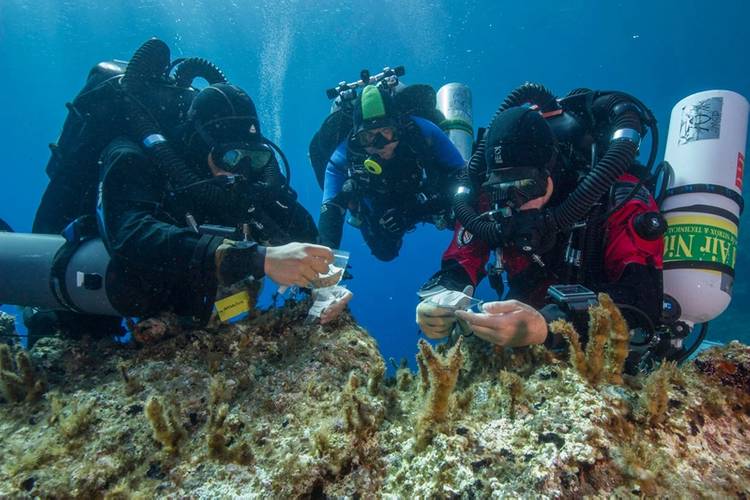
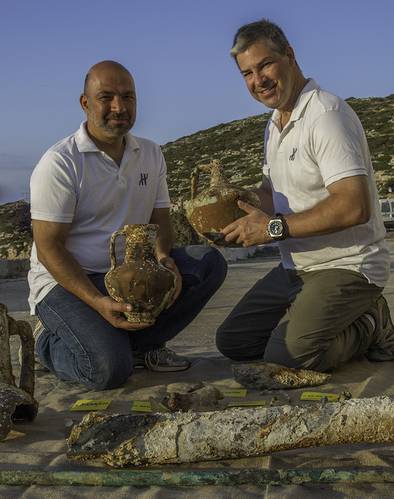
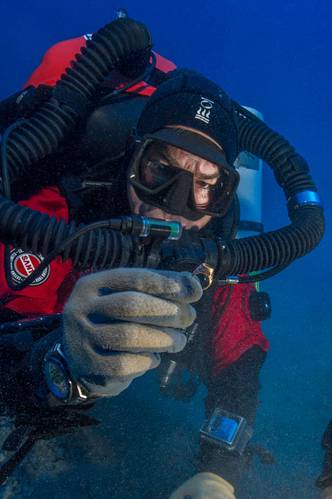
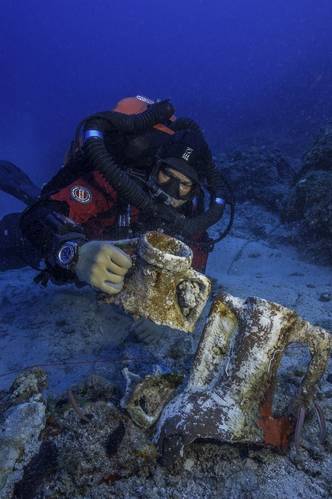
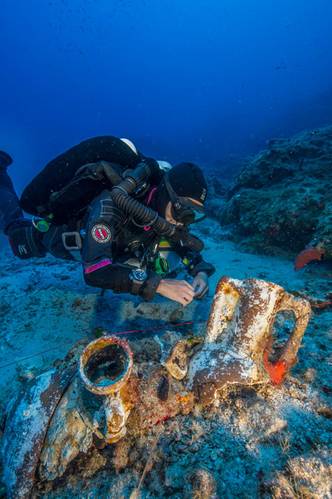

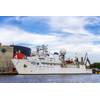
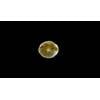
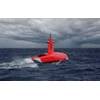
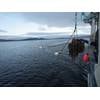
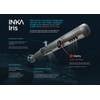






 February 2025
February 2025


